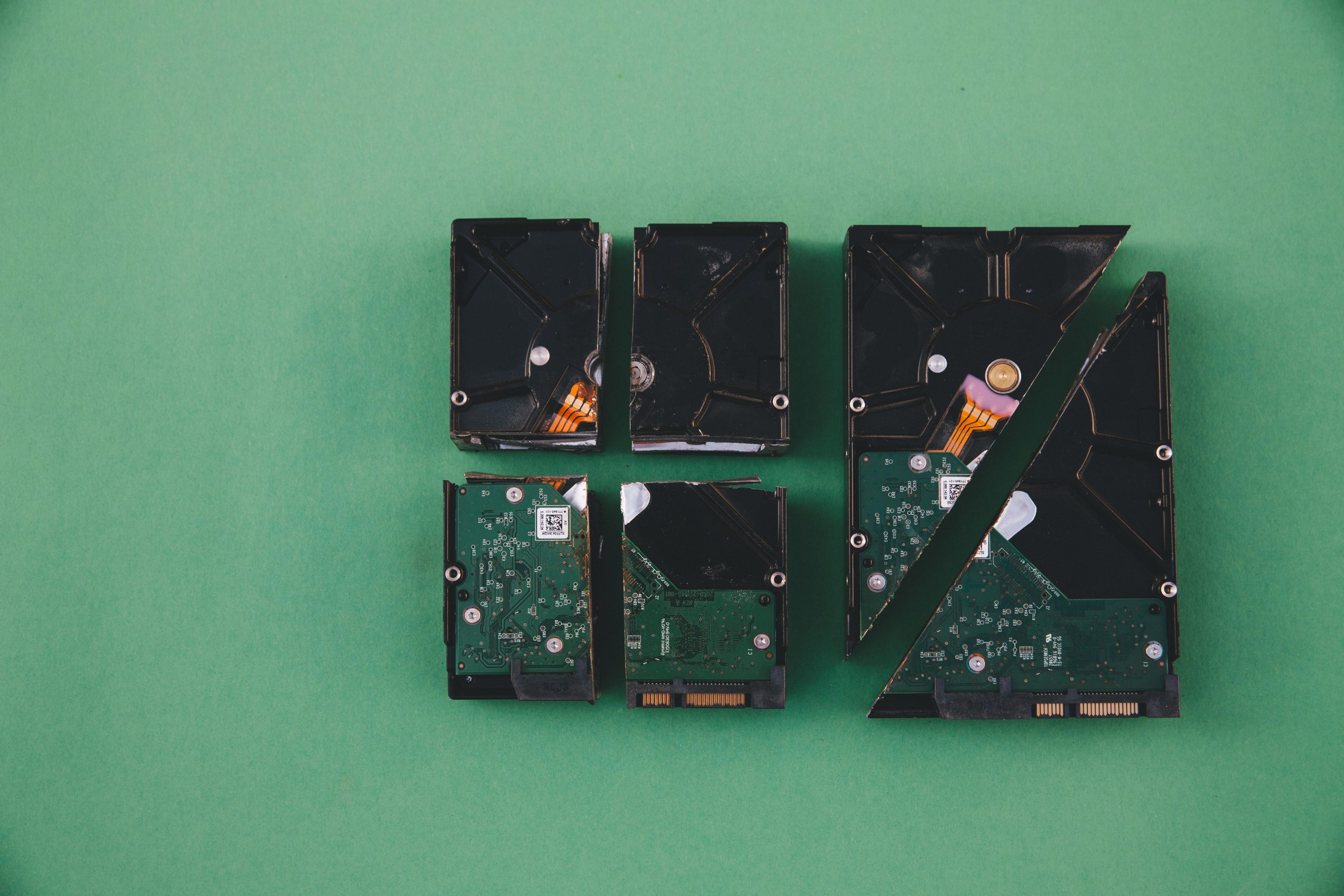Troubleshooting a Non-Responsive External Hard Drive: Logic Board vs. Data Recovery
If you’ve found yourself in the frustrating situation of an external hard drive ceasing to function, you’re certainly not alone. Many users encounter similar dilemmas, particularly when their drives fail to power on, leaving them concerned about the safety of their data. A common question arises: should you consider replacing the logic board, or is it time to enlist the help of a professional data recovery service?
Recently, a user encountered this very issue with their Seagate ST2000DM001 external hard drive. After discovering that it would no longer power up, they decided to take matters into their own hands. Upon opening the device and connecting it to a PC via SATA, they found the drive was still undetectable. This led them to ponder whether the problem could be attributed solely to the logic board, which might be fixable at a local repair shop, or if a more extensive data recovery service was necessary.
When faced with similar circumstances, it’s important to follow a systematic approach:
-
Assess the Situation: First, determine if there are any signs of life from the drive. Listen for unusual sounds, check for LED indicators, and ensure your cables and power supply are functioning correctly.
-
Logic Board Considerations: If everything appears in order but the drive remains unresponsive, the logic board may indeed be at fault. In some cases, swapping this component can restore functionality without risking data loss. However, this process should only be conducted by individuals who are comfortable with electronics.
-
Data Recovery Services: If you’re uncomfortable with DIY repairs or if initial assessments fail to yield results, turning to a professional data recovery service could be a wise decision. Specialists have the tools and expertise to navigate complex failures while prioritizing data integrity.
Each situation is unique, and making the right choice depends largely on your technical confidence and the importance of the data contained within the drive. Remember, while some problems can be resolved through minor repairs, others may require professional intervention to ensure your cherished files are not lost forever.
In summary, if you’re dealing with a Seagate ST2000DM001 or any non-responsive external hard drive, weigh your options carefully. The path you choose should encompass both the likelihood of successful retrieval and your comfort level with attempting repairs on your own.
Share this content:




When dealing with a dead hard drive, it’s crucial to carefully evaluate the situation before attempting any repairs. If your external drive shows no signs of power or activity, the first step is to verify that the power supply and cables are functioning correctly. Listening for unusual sounds, like clicking or grinding, can also provide clues about potential hardware failure.
Considering a logic board replacement can sometimes restore functionality, but this is a delicate process that requires technical expertise and the right tools. Mishandling or incorrect replacement can risk further damage or data loss. Therefore, if you’re not experienced with electronics repair, it’s strongly recommended to consult a professional.
For critical data, engaging a reputable Data Recovery service is often the safest route. Professionals have specialized equipment capable of retrieving data from even severely damaged drives, often without altering the original disk. This approach minimizes risks and maximizes the chances of successful data recovery.
Remember that DIY repairs should only be attempted if you are confident in your technical skills and understand the risks involved. If your data is valuable, prioritizing professional recovery services can save you time and prevent potential permanent data loss.